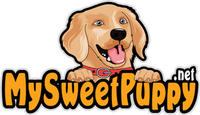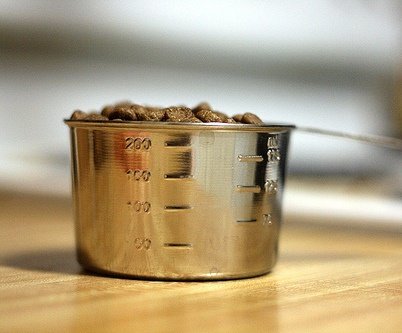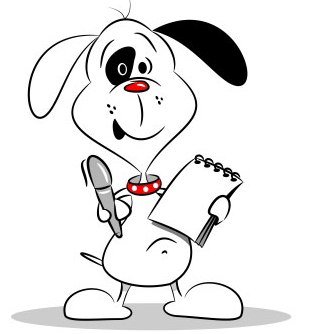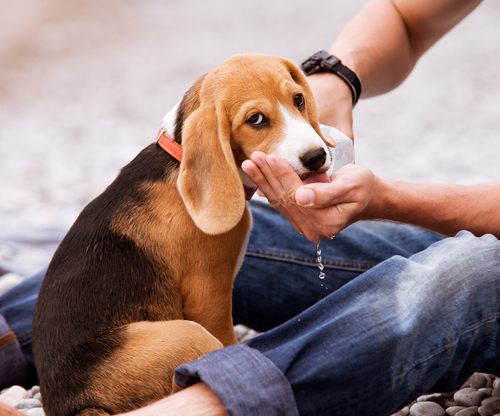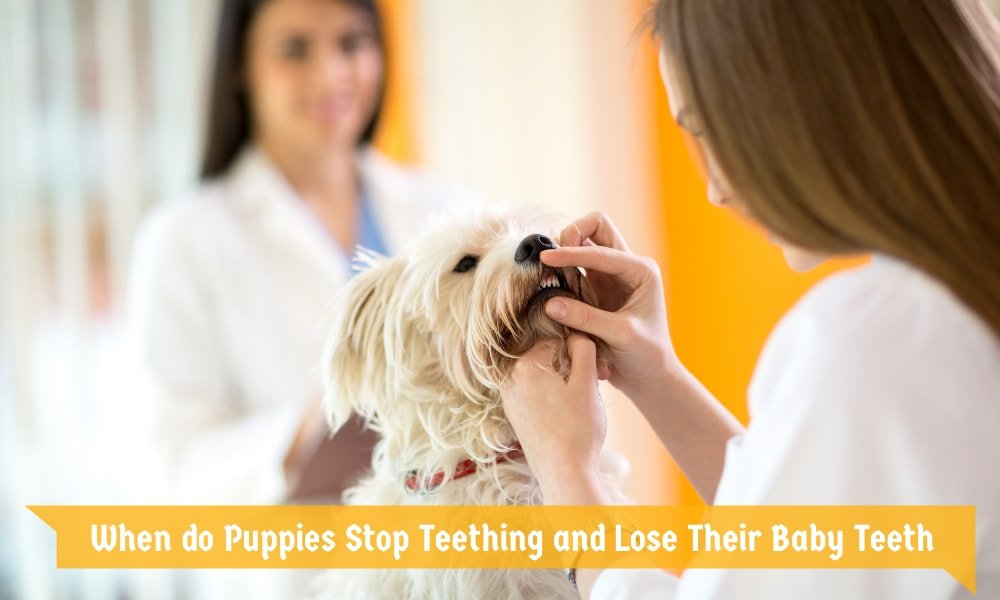
Bringing a puppy home is an exciting moment. Things can take a turn away from the fun and excitement, though, if your puppy starts chewing on things and destroying them. This is something that is all too common for puppies, especially when they are teething. When do puppies stop teething? Usually, it isn’t for a few months but this doesn’t mean it’ll stop chewing on things. Here’s what you need to know.
It might be a surprise for some to learn, especially if they’ve never had a puppy before, that puppies lose baby or milk teeth just like human babies do. The teeth you see in an adult dog’s mouth aren’t the teeth it was born with. And while you might not get a chance to put your pup’s teeth under a pillow for the Tooth Fairy or chuckle at a gap-toothed grin like you would a child, there are still a number of similarities between teething pups and teething babes.
First, it’s important to understand the timeline of puppy dental health.
For the first two to four weeks of a puppy’s life, assuming your pup wasn’t a stray, it will be with its mother and most of its nutrition will come from his mother’s milk. It is during this time its baby or milk teeth grow in.
During weeks five and six, your pup is still relying on mom for milk but likely trying other foods, as well, in an effort to wean. It’ll also have all of its baby teeth, about 28 in all.
Once your puppy reaches eight to 15 weeks, it can go home with you, fully weaned and ready to begin a more independent life from its mom and littermates. It usually isn’t long after you bring your puppy home that you might notice a few small teeth around your home. They usually look like grains of white rice or crumbs because they are small.
You might also notice that whatever amount your puppy had been chewing up until this point will heighten. Teething is uncomfortable for puppies, just as it is for human babies, so it’s important to offer appropriate chewing toys to help alleviate the pain. It’s also a good idea to have your veterinarian check your dog’s teeth around this time to make sure things are progressing as normal. There are some cases when baby teeth fail to fall out and they need some help from a doctor.
There’s plenty going on for your puppy during these first four months or so and you want to make sure you don’t miss the opportunity to help your pup get a solid foundation before he’s a full-grown adult dog. There are windows of opportunity with a young pup to expose him to things that make adulthood easier and to curb behaviors when it’s young and it’s easier to do. For example, it’s important to teach your puppy during this time that it’s not okay to bite a human, even when they are playing. It’s also a good idea to begin building good dental hygiene for your puppy while it’s young. It’s far less intimidating to train your puppy when it comes to brushing than it is once it’s a full-grown adult dog.
Once your puppy reaches about six months of age, all of its adult teeth should be present and his baby teeth gone. Adult dogs have about 42 teeth, which is a lot compared to puppies and to adult humans.
To the question, “When do puppies stop teething?”, it’s about when they reach six months of age. You’ll notice a decline in chewing and any discomfort you noticed in your puppy should ease up around this time.
Contents
Keep Your Dog’s Teeth Healthy
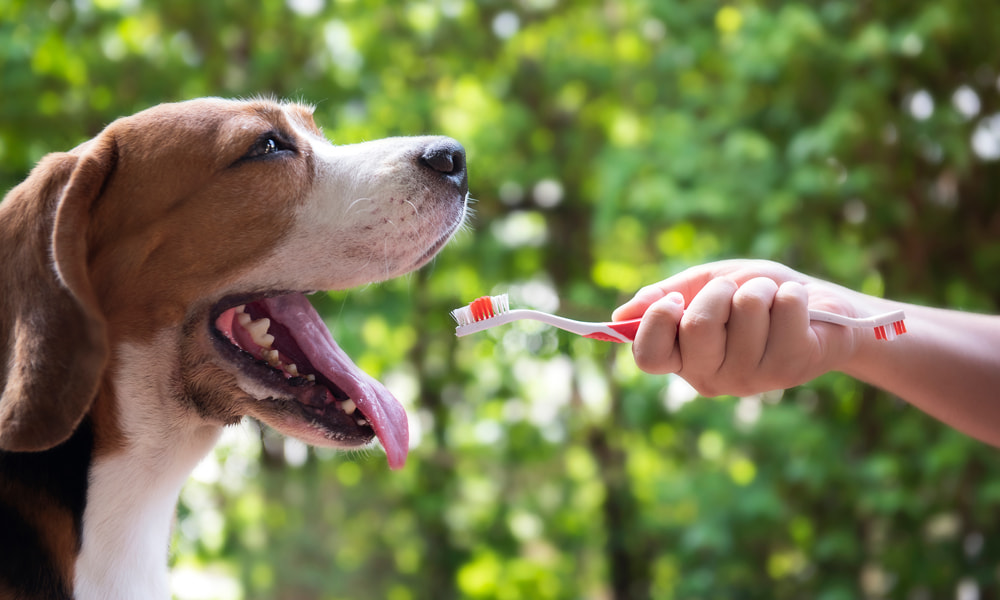
Source: canva.com
Keeping your dog’s teeth healthy throughout its entire life is an important part of helping to maintain good overall health. Like humans, dogs’ teeth tend to be pretty healthy when they are young so your goal is to keep them that way for as long as possible.
The trouble is, unlike a little kid, you can’t teach your dog to brush and floss its own teeth. You’ll need to do it throughout your pup’s life and if you begin early, it’ll be a habit that won’t bring frustration to either of you.
Like humans, dogs can get food stuck between their teeth but like us, they don’t know how to use their tongue (or a toothpick!) to un-lodge it. This means that over time, the food buildup and any plaque that accumulates can lead to bad breath. Left untreated, it can lead to periodontal disease and other medical problems. Regular brushing avoids all of these problems and keeps your dog’s unpleasant breath at bay. It also ensures you won’t be stuck with any expensive vet bills from dental work.
How do you brush your dog’s teeth?
It’s simple as long as your dog cooperates and not that different from brushing your own. You can begin using just your finger or a gauze pad for brushing. There are even small brushes that fit over your finger like a thimble. Ease into these tools with your dog because they can be pretty off-putting, especially for a young pup. You can add a little toothpaste to your finger and rub the gum line to get your pup used to the flavor.
Remember to use toothpaste designed for dogs. It’s not the same as human toothpaste because your dog doesn’t know not to swallow it and it needs to be safe for consumption. You can also use baking soda and water to create a paste but be careful not to use too large of an amount. Dog toothpaste is an enzymatic solution that works chemically and manually to break up plaque.
In between brushing or as your dog grows more and more used to brushings multiple times per week, you’ll want to supplement with dental chews. These are treats that are designed to break up plaque when your dog eats them. They should be approved by the Veterinary Oral Health Council and from a reputable manufacturer based in the United States.
Even after your dog has grown used to brushing, you should still use the dental chews. The combination is a great way to ensure your pup’s dental health is as good as it can be.
Keeping an Eye on Your Dog’s Dental Health

Source: canva.com
There are several things you can do when your puppy is young and throughout its life to monitor dental health. This helps you determine what is normal for your dog and to know if something might be unusual or a cause to visit the vet. For example:
Do the Breath Test
Puppies tend to have terrible breath but it’s “puppy breath” and they grow out of it. Right around when puppies stop teething, their breath begins to smell a bit fresher. That said, dogs rarely have sweet, minty smelling breath. Average breath is the norm for a dog but especially offensive breath could be a sign of a problem. This is especially true if you notice your pup isn’t eating, is drinking more than usual, or vomiting. This is cause for a vet visit.
Check Your Dog’s Gums and Lips
Just like humans, it’s important to check the soft tissue in a dog’s mouth. Your pup should have pink gums without any signs of swelling. Gums that are white or red could be an indication of a problem. It’s also a good idea to lift up your dog’s lips and look under and where the gum line meets the lips to make sure everything looks healthy there, too.
Know What Could Indicate an Oral Disease
Your dog can develop an oral health problem. Issues with gastrointestinal health can also show up in their mouth. If you notice any of the following, it’s a good idea to bring it to your vet’s attention:
- Foul-smelling breath
- Inflamed gums
- Excessive drooling
- Tumors, cysts, or other bumps
- Loose teeth
Preventing Decay with Brushing
Investing in a tooth brushing kit for your dog can help you keep tooth decay at bay, even for older dogs. You can also have your dog’s teeth professionally cleaned but vets only like to do this when absolutely necessary because it requires your dog to be put under anesthesia. To avoid the need for too many professional cleanings, learn how to brush your dog’s teeth and work with him so he’s used to the process.
Familiarize Yourself with Dental Health Risks for Dogs
Knowing what threats your dog faces in terms of oral health can go a long way in keeping his teeth and mouth healthy. Dogs are susceptible to the following oral health problems:
- Periodontal disease is an infection that occurs between the gums and teeth can lead to tooth loss. It usually hurts and the infection can spread to other parts of the body. Symptoms of gum disease include loose teeth, bad breath, tooth pain, sneezing, and a runny nose.
- Gingivitis occurs when gums become inflamed because of plaque, tartar, and bacteria buried above and below the gum line. Symptoms of gingivitis include bleeding gums, red or swelled up gums, and bad breath. It is possible to reverse gingivitis with regular teeth cleanings.
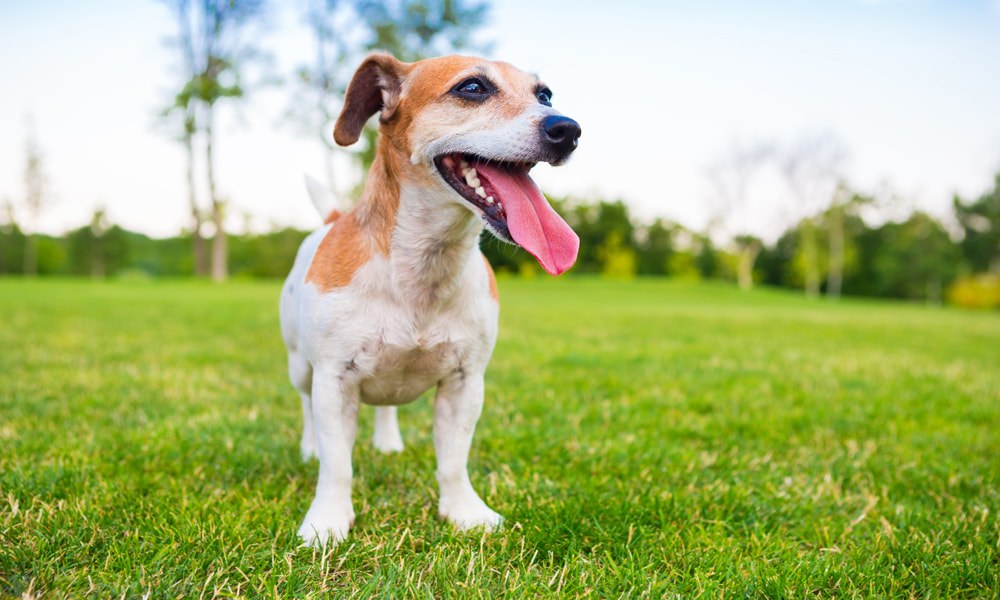
Source: canva.com
- Bad breath, which tends to be one of the earliest signs of a problem. It’s caused by bacterial growth from pieces of food between the teeth. Brushing your dog’s teeth is the easiest way to prevent bad breath but dental chews help, too.
- Swollen gums are a symptom of other problems or a sign that food is stuck between the teeth. Brushing your dog’s teeth can help.
- Proliferating gum disease causes the gums to grow over the teeth. It can lead to gum infection. It’s most common in certain breeds, including boxers and bull terriers.
- Mouth tumors, which you’ll notice as a lump near the gums. It’s important to have any bumps you find in your dog’s mouth checked because they could be malignant.
- Salivary cysts, which are large, fluid-filled blisters under the tongue. They might also arise by the corners of the jaw. They must be drained and the gland must be removed.
- Canine distemper is a problem for puppies who had distemper. It causes their adult teeth to look eroded and it can lead to decay. It’s best to remove any teeth damaged by distemper.
Don’t Have Time to Brush?
If you want to keep your dog’s teeth as healthy as possible but you don’t always have time to brush, make sure it has options for keeping his teeth clean on his own. There are plenty of chews available that offer some of the same benefits as brushing. They shouldn’t be a substitute except in rare instances but they make for great supplements. Chew toys also tend to make puppy teeth stronger and can help with gum massaging when a pup is teething. Make sure you choose nylon, BPA-free rubber, or toxin-free rawhide that has been approved by your vet.
Also, remember that gnawing helps your dog deal with stress. If you have a puppy who’s teething, you can help soothe it with the right chews.
Your Puppy’s Dental-friendly Diet
In addition to all of the other things you can do to promote good dental health for your dog, choosing the right food is also important. And don’t assume that just because food is crunchy means it’s better for your pup’s dental health. Choose the highest quality food you can afford and supplement with brushing, chews, and professional teeth cleaning. In some cases, the right food for your dog might be crunchy but other dogs do better on a soft food diet. If you aren’t sure, speak to your vet. Whether you just brought your puppy home and you’re wondering when do puppies stop teething or you want to ensure your dog’s dental health is the best it can be, these tips can help maintain healthy teeth and gums.
Source of Featured Image: canva.com
I grew up in a household that was filled with animals. I believe that my fate as a dog-loving person was sealed in early childhood since my parents owned several dogs of varying sizes and breeds. There was no choice but to take care of and learn about dog habits and the best animal care practices — otherwise, I’d be clueless about how to go about the creatures I was surrounded by day and night.
As a life-long puppy lover, I know a thing or two about dogs and how to go about caring for them in the best way possible. Although I’m not a professionally trained dog behaviorist, trainer, or veterinarian, all of my knowledge and experience with canines comes from a place of love and a deep-rooted passion for dogs and animals in general.
Seeing as dogs kept me company throughout every stage of my life, I decided to follow a different path in my academic life and obtained a Bachelor’s and Master’s degrees in Marketing Management and Digital Advertising, which ultimately allowed me to combine my professional training and personal experience by creating the ultimate dog lover’s resource website! Along with my husband, Dave, I run MySweetPuppy for like-minded dog lovers who want to have a single, clear, and reliable information source about anything and everything related to dogs and their well-being.
